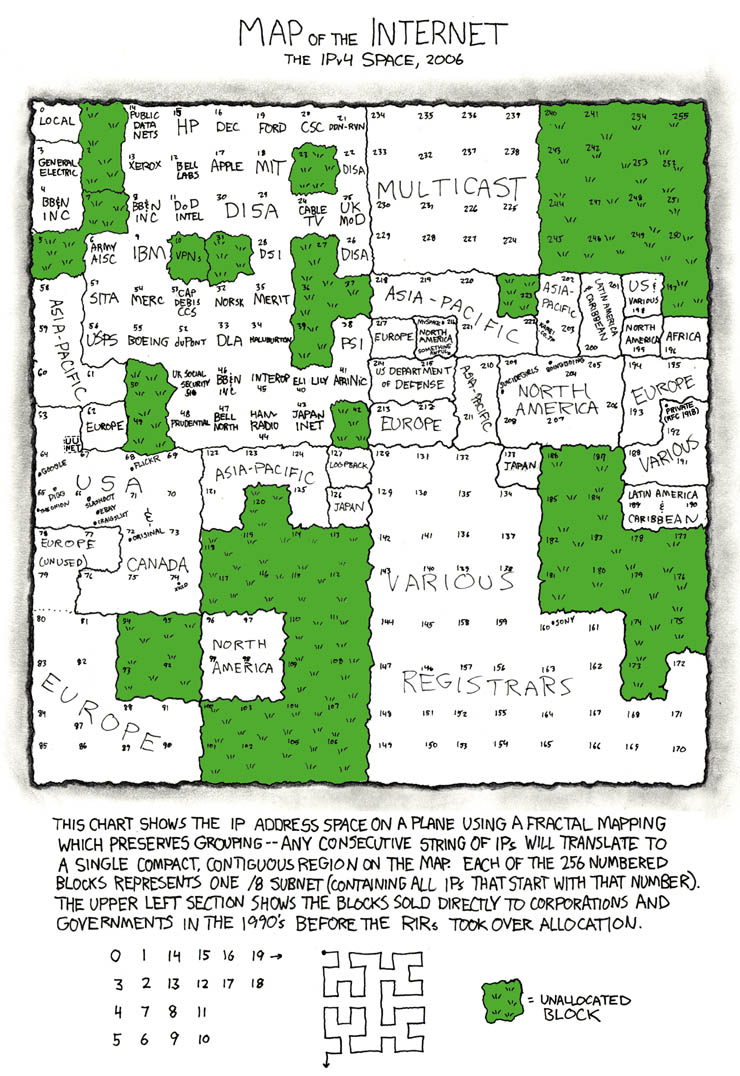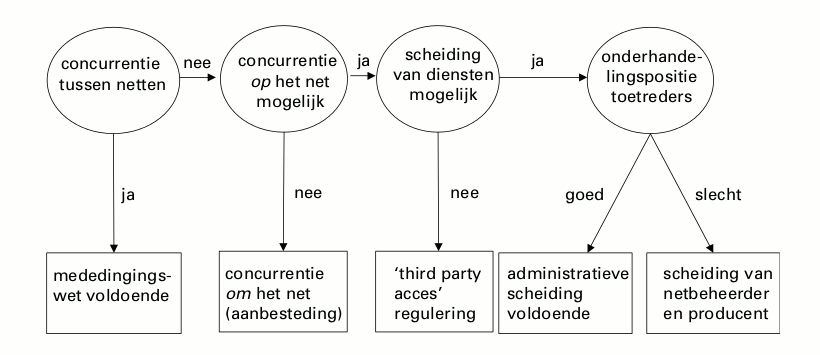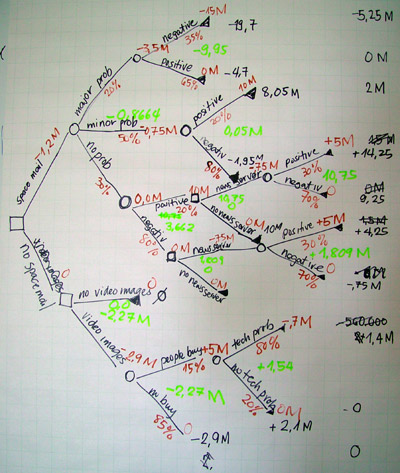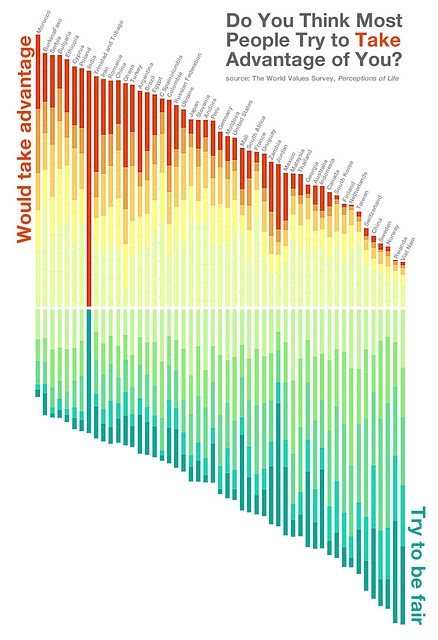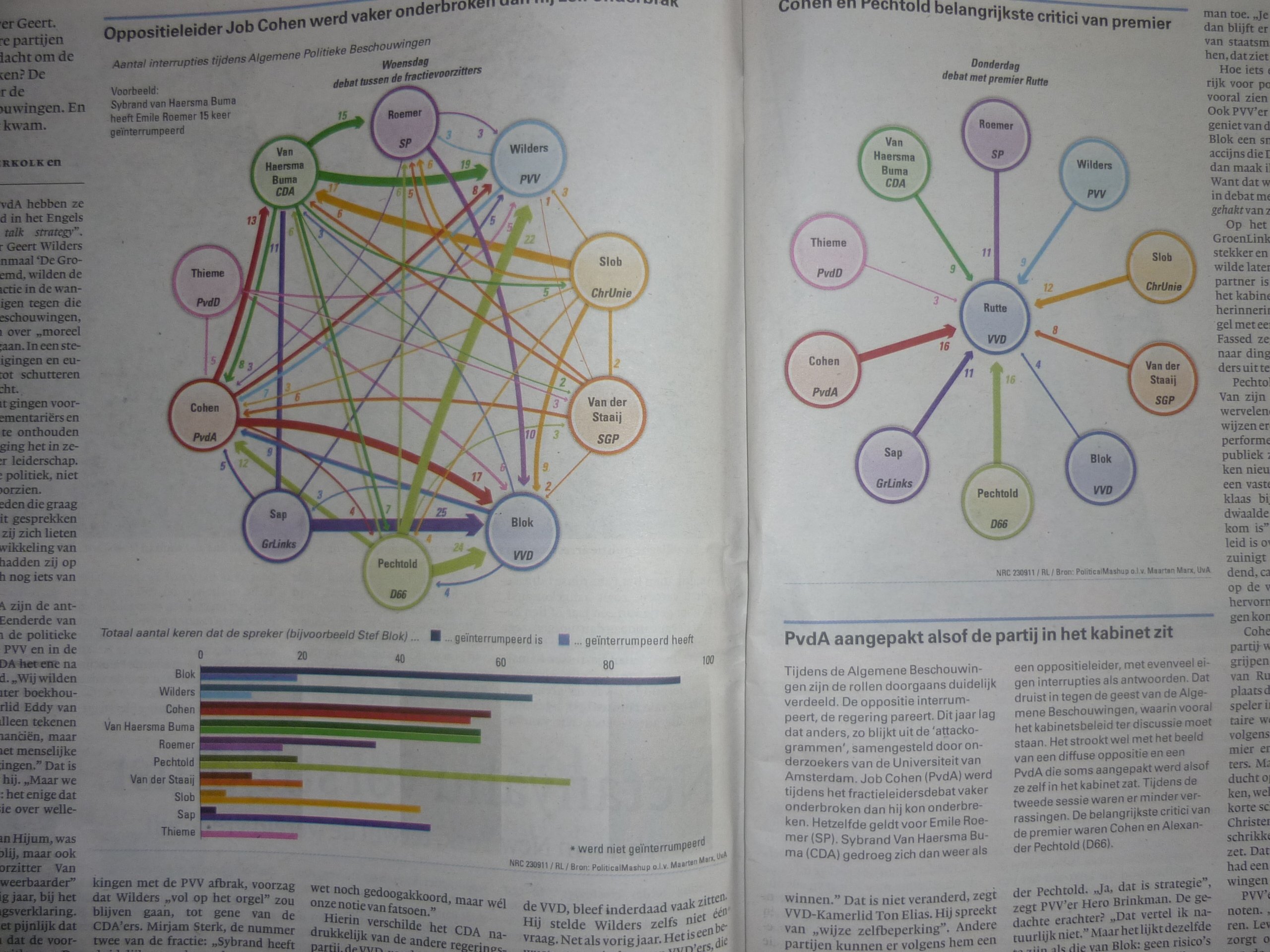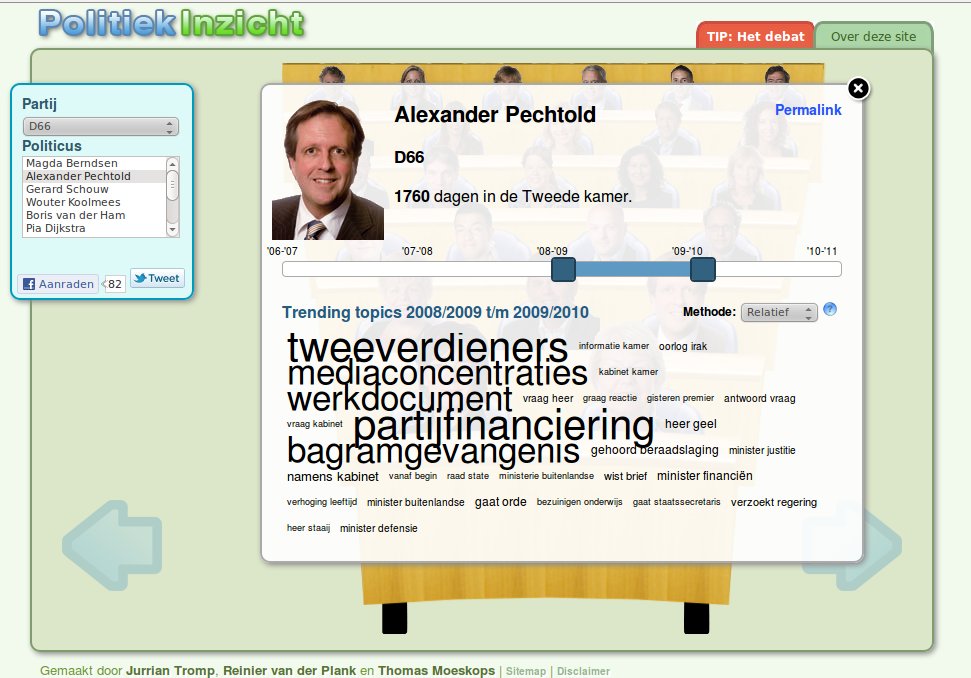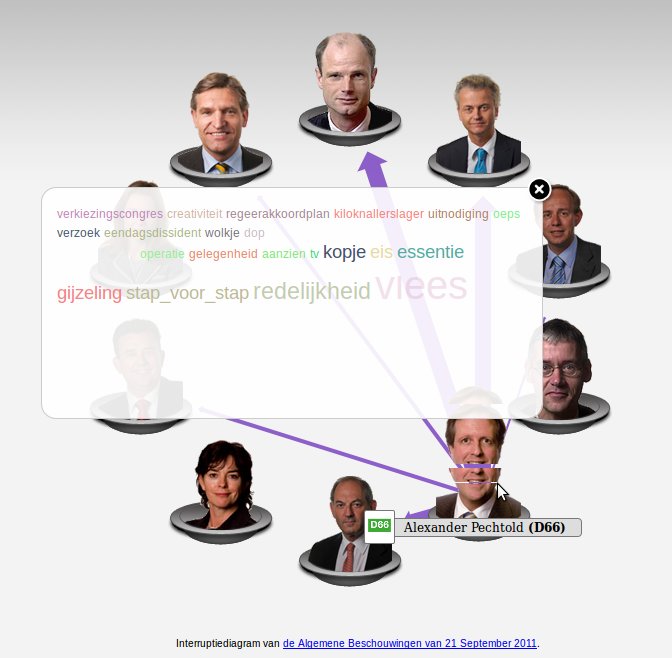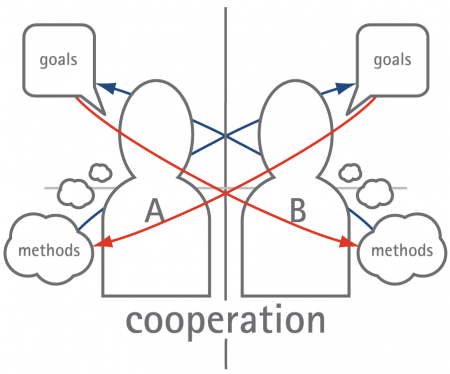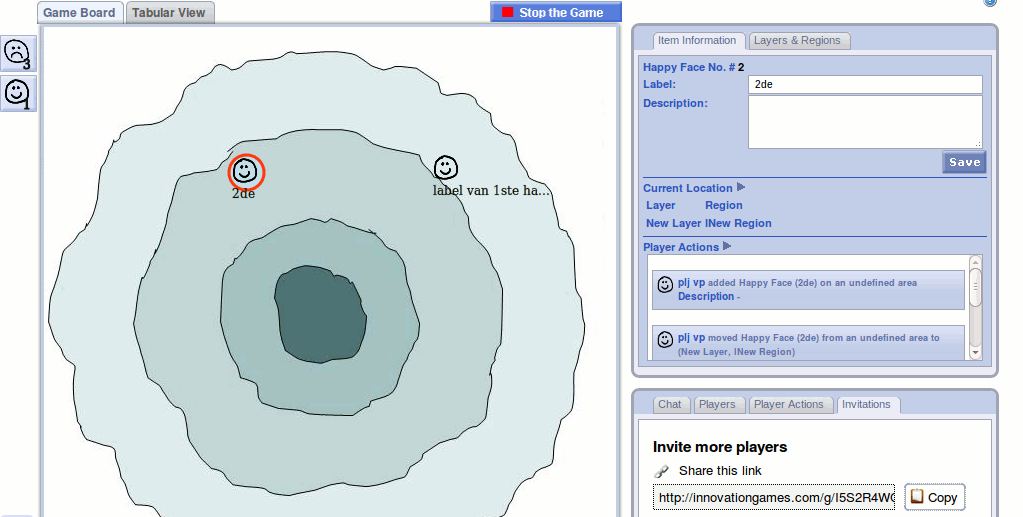A news item of the Santa Fe Institute led me to this talk of Geoffry West:
At 15min50, there’s a slide telling us that:
… organisms have evolved by natural selection,
so as to:
a) minimize energy dissipated in the networks
and/or
b) maximize the scaling area of interface with their recource environment
From the domain of this research we could hypothesize:
… organizations have evolved by natural selection,
so as to:
a) minimize energy dissipated in the networks
and/or
b) maximize the scaling area of interface with their recource environment
What does this tell us about the interaction between cells, organisms, people and organizations? What happens at the interface of a mobile organism in between organizations? This is an area where people interact, balancing between the a)’s and b)’s of different organizations.
At about 22min West explains:
‘If I take time …and if I correct {some stuff} …everybody lives, evolves, dies at the same rate …if you do the appropriate corrections’.
This helps us realize, and not define, the timing difficulties in complex decision making, lifted over the walls of standing organizations.
In a similar SFI video D’Souza (at 28min) explains that – when using a little bit of communication – regarding to non zero sum games:
Coordination brings USER optimal in line with SYSTEM optimal



